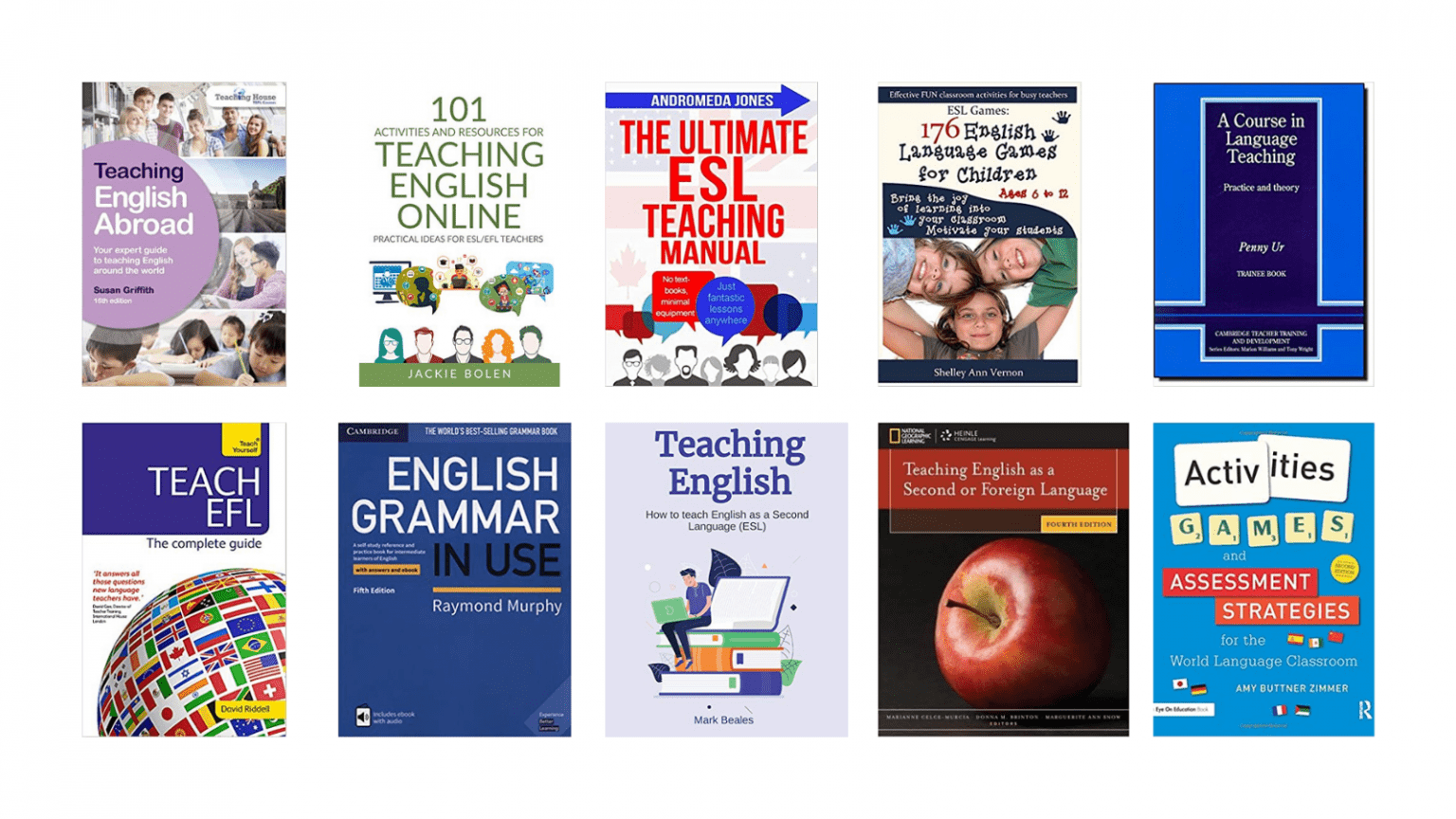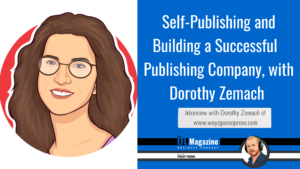Top 10 Books for New ELT Teachers
There is always help and advice available on books for ELT teachers. Whether it is from Facebook groups, forums or from colleagues, you are never far away from some tips and ideas.
Deciding on what to read and what advice to follow can be tricky though, as everyone has a different experience and will come away with a different viewpoint.
To help with this, we have come up with our Top 10 Books for ELT Teachers. Each of these are required reading for new or experienced teachers as they offer practical tips, pedagogical theory, and advice on how to get to grips with life inside a classroom.
1) A Course in Language Teaching: Practice and Theory by Penny Ur
This is one of the first ELT books I ever flicked through when starting my teaching career, I appreciated the honest, direct advice and tips from an experienced teacher. Neatly divided into short sections, it deals with assessments and how to come up with effective tests, through to ways to work on pronunciation and improving student vocabulary. If you are taking a course, the chances are this will be required reading. If you are not, it is still an excellent text to dip into and to learn from.
2) English Grammar in Use Book: A Self-study Reference and Practice Book for Intermediate Learners of English by Raymond Murphy
Murphy’s legendary grammar guide has a home on nearly every ELT teachers’ shelf. Need to remind yourself of how the passive voice works or what exactly the past perfect continuous looks like? It is all here, told in simple, accessible terms. More recent versions come with an interactive e-book.
3) Teaching English: How to Teach English as a Second Language by Mark Beales
Written by Lonely Planet writer Mark Beales, this is a wonderful combination of practical advice and anecdotes from inside an EFL classroom. On the one hand, it is a neatly-observed, humorous series of anecdotes about life as a teacher overseas. On the other hand, it includes detailed tips on how to teach English, the theory behind how students learn, and heaps of plug-and-play ideas for how to make your lessons buzz. The final chapters include up-to-date, practical tips on what it is like working in specific countries and what kind of students you can expect to find there.
4) Activities, Games, and Assessment Strategies by Amy Buttner Zimmer
When you do find yourself with 10 minutes to prepare a lesson (and we have all been there!), this is the book to reach for. Written by US-based Buttner Zimmer, it is a simple but highly effective read. It deals with some theory, such as how to work out your students’ learning styles, but mostly it is packed with practical suggestions, such as warm-up questions and games to get students engaged right from the start.
It works with different levels, as there are some thoughtful extension activities to help with differentiation. The layout is also super-clear, so you can dive in to any section to get inspiration. Chapters on pair and group work are particularly good as there are dozens of ideas to ensure you do not get stuck in the some routine for too long.
5) 101 Activities and Resources for Teaching English Online by Jackie Bolen
Online teaching has never been more popular. Bolen’s book delivers 101 short, simple ideas for how to make this work, from setting clear expectations to remembering to mute yourself at the right time. There are also heaps of lesson starters to get you going. Bolen also has a strong social media presence; follow her, and you are likely to end up with far more than 101 activities.
6) Teaching English Abroad: Your Expert Guide To Teaching English Around the World by Susan Griffith
Is Vietnam better for teaching than South Korea? What is it really like working in the Middle East? Griffith has all the answers in this guide to finding the best EFL jobs.
Highlights include an excellent country guide (covering 88 nations), an enormous list of language schools and tips on how to get that first interview (and how to nail it).
Griffith’s attention to detail helps this book to stand out, as it explains the differences between various job agencies, which qualifications are likely to get you into which kind of school, and heaps of practical tips about moving abroad.
7) The Ultimate ESL Teaching Manual by Andromeda Jones
This neat book encourages teachers to get away from PowerPoints and whiteboards and just use great, engaging activities to teach. It also gets bonus points for dividing up chapters based on student ability, from beginner to C2. So you can work your way through the book, based on how your students are developing. It is mainly aimed at teenage students and is very much focused on activities based around specific grammar points. So if you want to brush up on your modal verbs or need to teach the passive voice, it is all here. Very heavy on practical ideas, and quite light on pedagogical theory, it is a good option for those who struggle to make grammar engaging.
8) Teach English As a Foreign Language: A Teach Yourself Guide by David Riddell
Written by super-experienced teacher David Riddell, this is a detailed guide to teaching. As well as dealing with the theory, there are also excellent chapters such as ‘what would you do if…?’ that discuss more real-life issues that can crop up inside the classroom.
Riddell is a highly-experienced teacher with top credentials: he was Cambridge’s Joint Chief Assessor of CELTA courses for a decade. It may not offer dozens of lesson ideas but it does give expert advice on the more practical side of life inside an EFL classroom. For teachers-in-training, this is an essential pre-job read.For those with a few years under their belt, it offers some useful reminders about how to teach effectively.
9) Teaching English as a Second or Foreign Language by Marianne Celce-Murcia, et al
Ideal for those who are studying to be teachers, or have just begun their careers. This text is written by various authors (so be prepared for some changes in style) who really know their stuff. It is a little dry in places, but if you stick with it you will be rewarded with some expert advice about pedagogical approaches.
It is likeable for the efforts to show what it is like for a student to learn a language and the challenges that they may face. The book is divided into 6 main parts, dealing with methodology, language skills, skills for teachers, integrated approaches, and a focus on the learner, and the teacher.
10) ESL Games: 176 English Language Games for Children by Shelley Ann Vernon
Aimed largely at younger learners, this text offers 176 ways to teach a range of skills, from the basic listening, speaking, reading and writing, to more specific areas. The layout for the e-book is a bit wobbly, but if you can get past that there are some plug-and-play lessons that will keep any young class entertained.
The section on technology and multi-media is handy and up-to-date, while chapters on riddles and proverbs are neat ways to engage with students and to offer them an insight into how language develops and evolves.
I hope you’ve enjoyed the list of books for new ELT teachers






